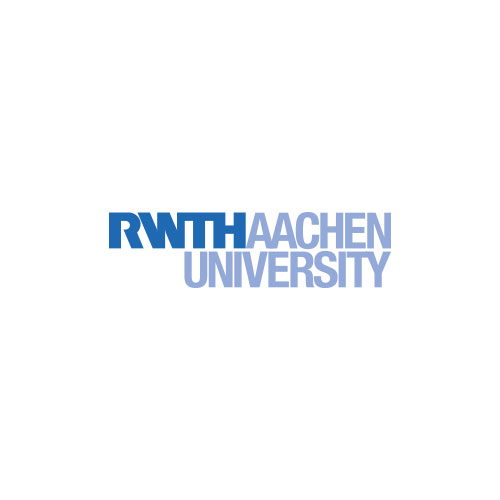RWTH: DFG approvals for RWTH Aachen University
The German Research Foundation (DFG) is setting up nine new Collaborative Research Centers (SFB) to process innovative and long-term research projects at German universities. From July 2022, funding will initially be available for four years with a total of 111 million euros. The RWTH application for a CRC “Sparsity and Singular Structures” was also approved. In addition, the DFG is extending the funding by four years for 19 SFBs, including the SFB “Component precision through control of melting and solidification in production processes”. This was set up at RWTH back in 2014. RWTH will receive a total of around 18 million euros from the DFG over the next four years to finance research work.
CRC “Sparsity and Singular Structures”
In the SFB “Sparsity and Singular Structures” headed by Professor Holger Rauhut, the mathematical foundations of modern algorithms for data processing and machine learning as well as for the simulation of scientific and technical phenomena are to be researched. The DFG will finance the CRC with around seven million euros over the next four years, with 26 employees working on 19 sub-projects.
The flood of data and the complexity of models that describe scientific and technical phenomena lead to challenges that cannot be met with computing power alone. The research focus is on two areas: signal processing and machine learning with huge amounts of data, especially deep learning, as well as differential equations, which arise from the modeling of scientific and technical phenomena. So-called singularities often prevent accurate and fast computer-based solution methods. Going well beyond the existing limits requires new insights into the mathematical structures underlying these problems. In particular, the basic idea of sparsity – sparse staffing – plays a central role. The aim is to identify structures of low complexity that can be described with comparatively few parameters. Based on the fundamental findings, faster and more accurate algorithms for machine learning, signal processing and simulation are then developed.

